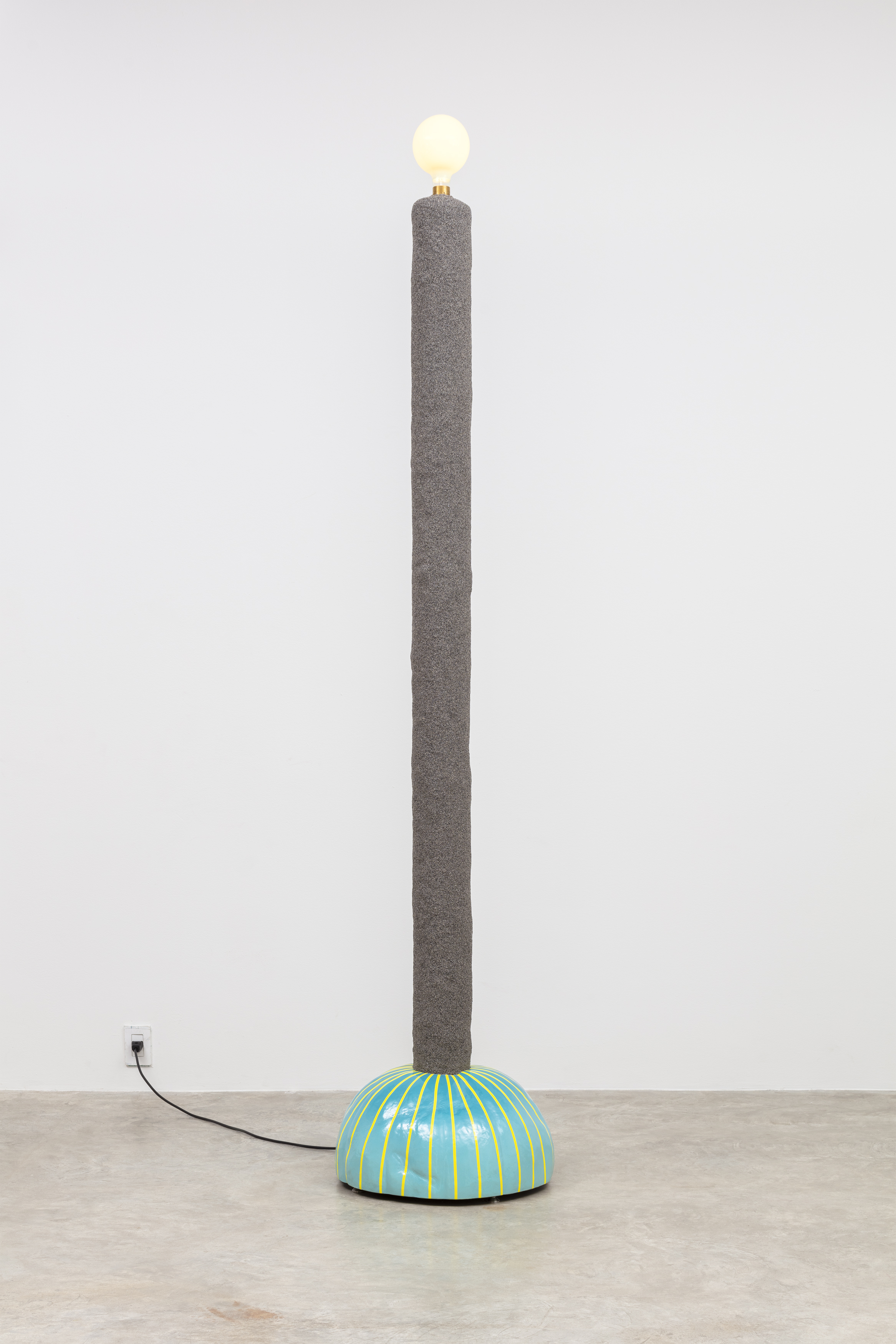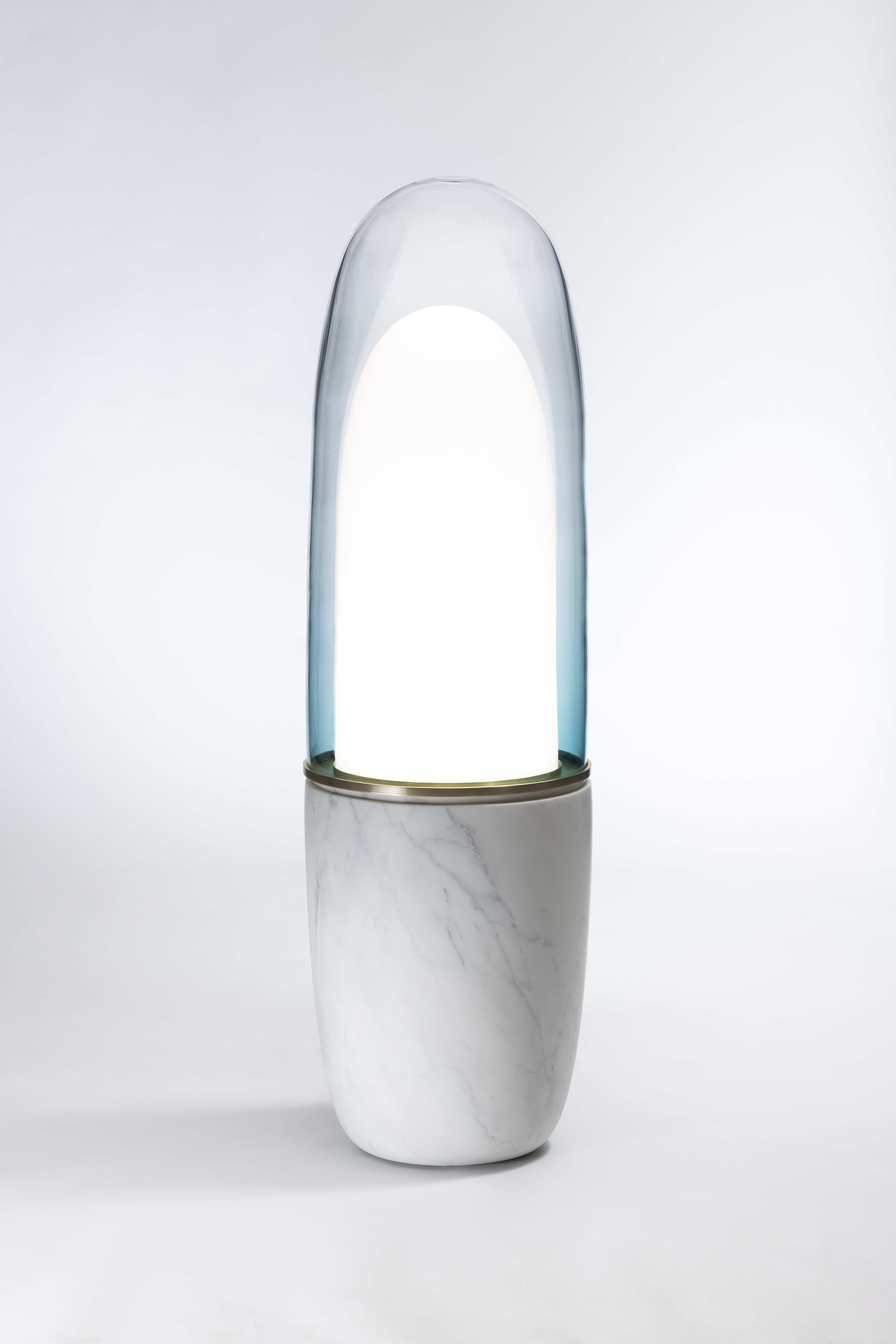Electric Dreams
Studio-based practices of the kind featured in DNA rarely involve themselves with product design. It demands a level of technological investment that big corporations, rather than individual ateliers and their representatives, are best equipped to handle. But of course, electronic products have been pervading our lives for decades now, never more so than with the recent proliferation of personal digital devices. So it is no surprise that independent designers are engaging with product languages, albeit from an independent vantage point, considering its aesthetics, uses, and shortcomings.
Philippe Malouin’s Telephone exemplifies the possibilities of such an intervention. Created as part of an overall suite entitled Industrial Office, it has an uncanny presence — as if one’s mental image of a phone had somehow manifested itself in real space. A functional landline, it is as different from the slick, physically featureless smartphones that we all carry in our pockets as Jonathan Trayte’s Loma is from a typical standing lamp. Lighting is a median territory, floating uncertainly between the arenas of product and furniture design. Trayte’s entry lands emphatically on the sculptural end of the spectrum, with its single, starkly exposed bulb, shaft sheathed in crushed granite, and melon-like painted metal base. Like Malouin’s phone, which is non-functional but explicitly refers back to the days of the landline, Loma seems rooted in another time — if not in the past, exactly, then certainly not in the overfamiliar present.
Ini Archibong’s Obelisk, meanwhile, feels like a visitor from the future. Expressing a kind of universality in its contours, it nonetheless departs from the familiar vocabulary of product design by virtue of its elevated materials (marble and glass) and its idiosyncratic elegance. Like so much of Archibong’s work, it’s a reminder that the objects that surround us can do more than just work well, and sell well. They can also, at their best, infuse us with a sense of deep wellbeing.
DNA is a collaborative essay project, intertwining three gallery programs into a single, generative presentation.





